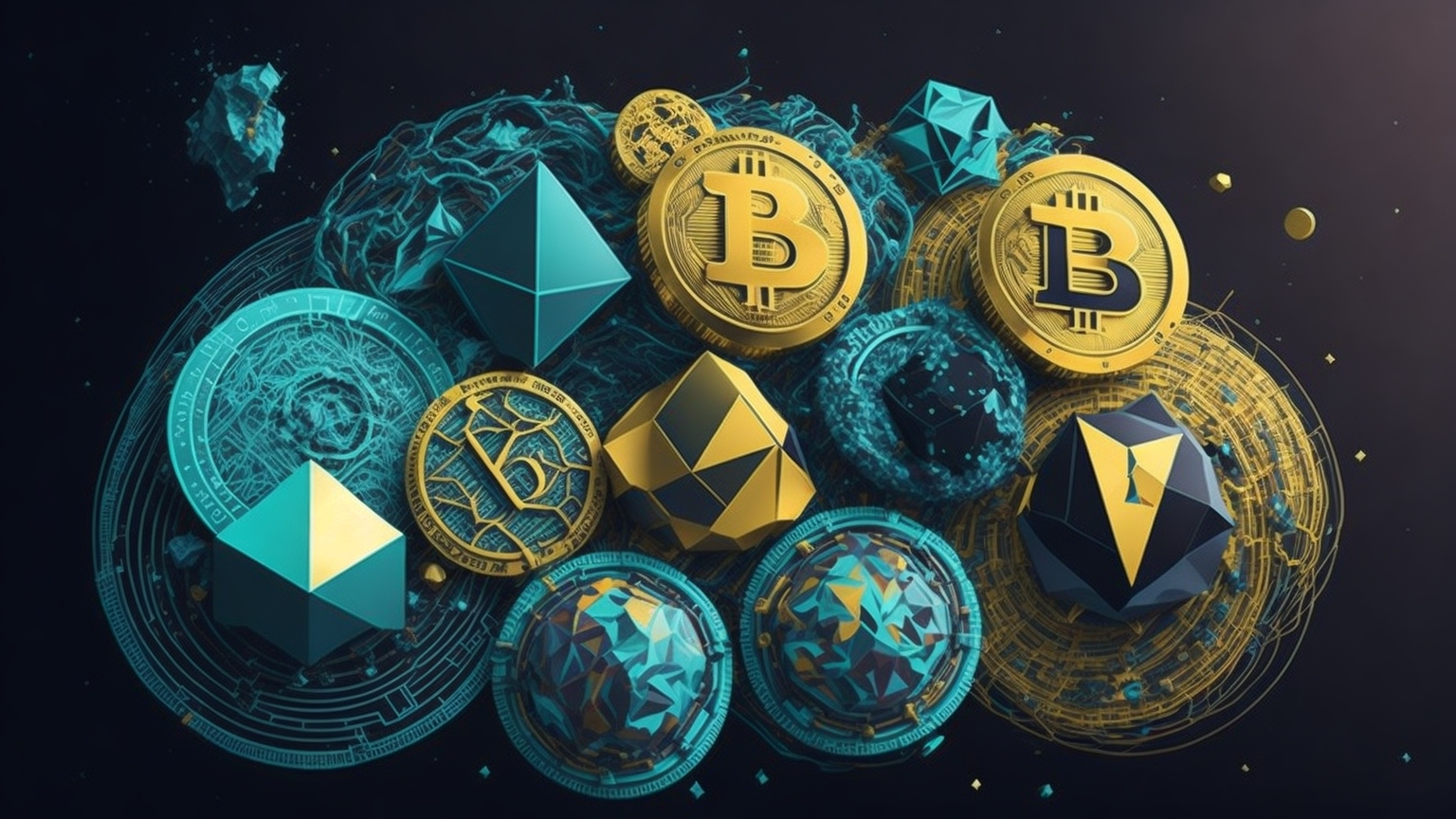Wrapped Tokens: The Bridge Between Blockchain Ecosystems

Introduction
In the expansive universe of cryptocurrencies, “wrapped tokens” have been gaining significant attention. But what exactly is a wrapped token, and why does it matter in the broader blockchain landscape? This article offers an exhaustive exploration of wrapped tokens, delving into their purpose, benefits, and the potential they hold for the future of blockchain technology.
What are Wrapped Tokens?
Wrapped tokens are a specific type of cryptocurrency that symbolize an asset existing on a different blockchain. They ‘wrap’ another asset, emulating its value, but function on a distinct blockchain. The most prevalent example is Wrapped Bitcoin (WBTC), which exists as a token on the Ethereum blockchain, signifying Bitcoin. Each WBTC holds a 1:1 backing with Bitcoin, enabling Bitcoin users to engage with the Ethereum ecosystem without the need to convert their Bitcoin into Ether.
The Significance of Wrapped Tokens
The core advantage of wrapped tokens lies in their ability to form connections between differing blockchains. As the number of cryptocurrencies rises, so too do the supporting blockchain networks. Nevertheless, these networks often function independently, leading to a disconnected ecosystem. Wrapped tokens offer a bridge, facilitating interaction between these disparate networks and presenting possibilities for increased liquidity, improved functionality, and a more unified crypto environment.
Wrapped Tokens and DeFi
Wrapped tokens also introduce more flexibility within the realm of DeFi (Decentralized Finance). By wrapping an asset, users can utilize it in DeFi applications which might not support the asset in its original form. As an example, using WBTC allows Bitcoin holders to engage with Ethereum-based DeFi applications, thereby expanding the potential use cases for their holdings.
Potential Risks of Wrapped Tokens
Despite the benefits, wrapped tokens come with their share of risks. A prominent concern revolves around trust. Given that wrapped tokens depend on a 1:1 backing with the represented asset, there needs to be faith in the entity that provides this backing. This dependency can introduce a centralization risk, as the backing entity effectively gains custodial control over the assets.
Conclusion: The Future of Wrapped Tokens
In summary, wrapped tokens present a creative solution to the challenges encountered by the growing crypto ecosystem. By forming bridges between different blockchains, they set the stage for heightened interoperability, increased liquidity, and broader opportunities within the DeFi sector. As the technology of blockchain continues its evolution, wrapped tokens are poised to play a key role in directing its future trajectory. Nonetheless, as with any financial decision, understanding the inherent risks and conducting thorough research is essential before investing in wrapped tokens.




